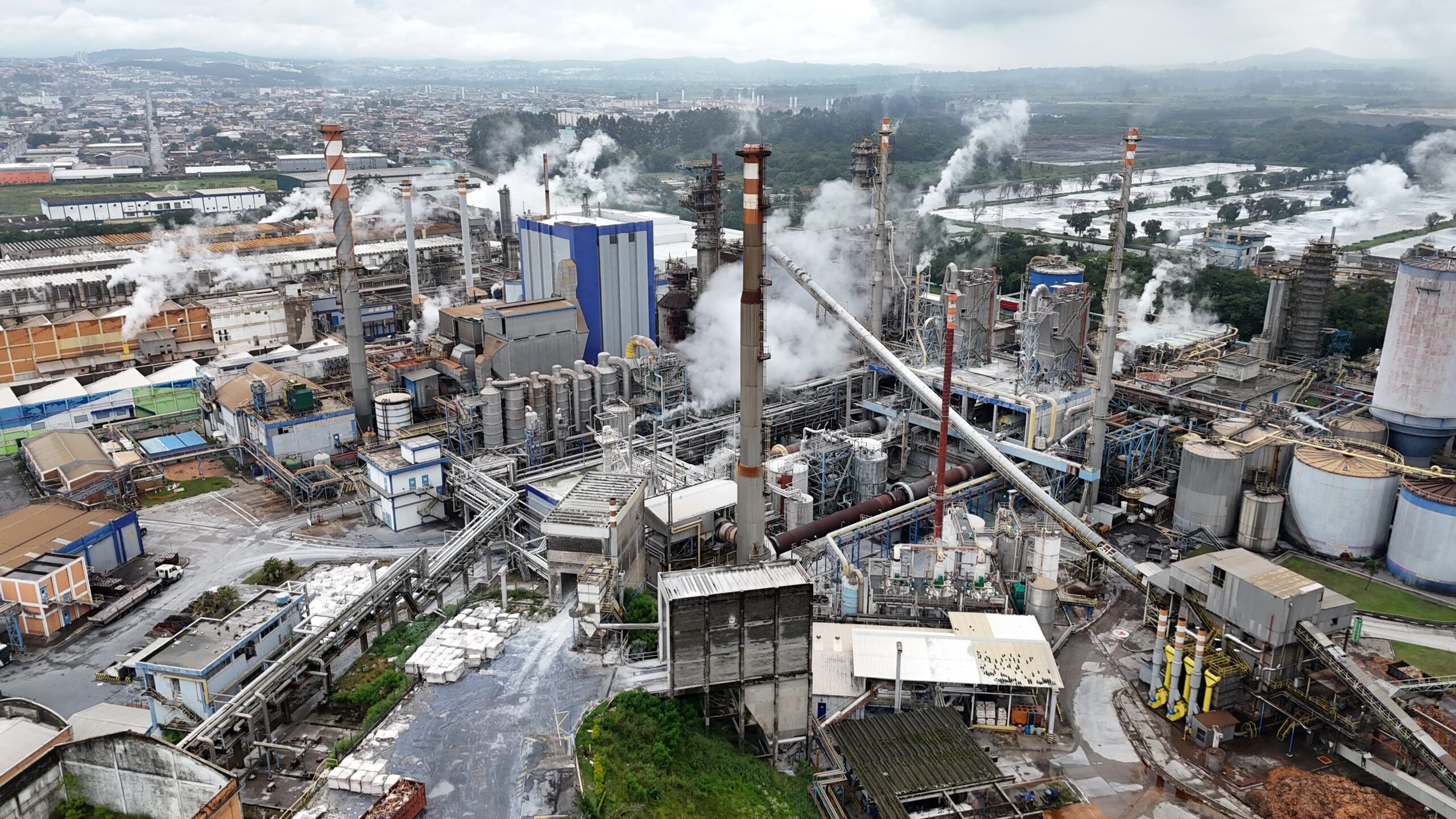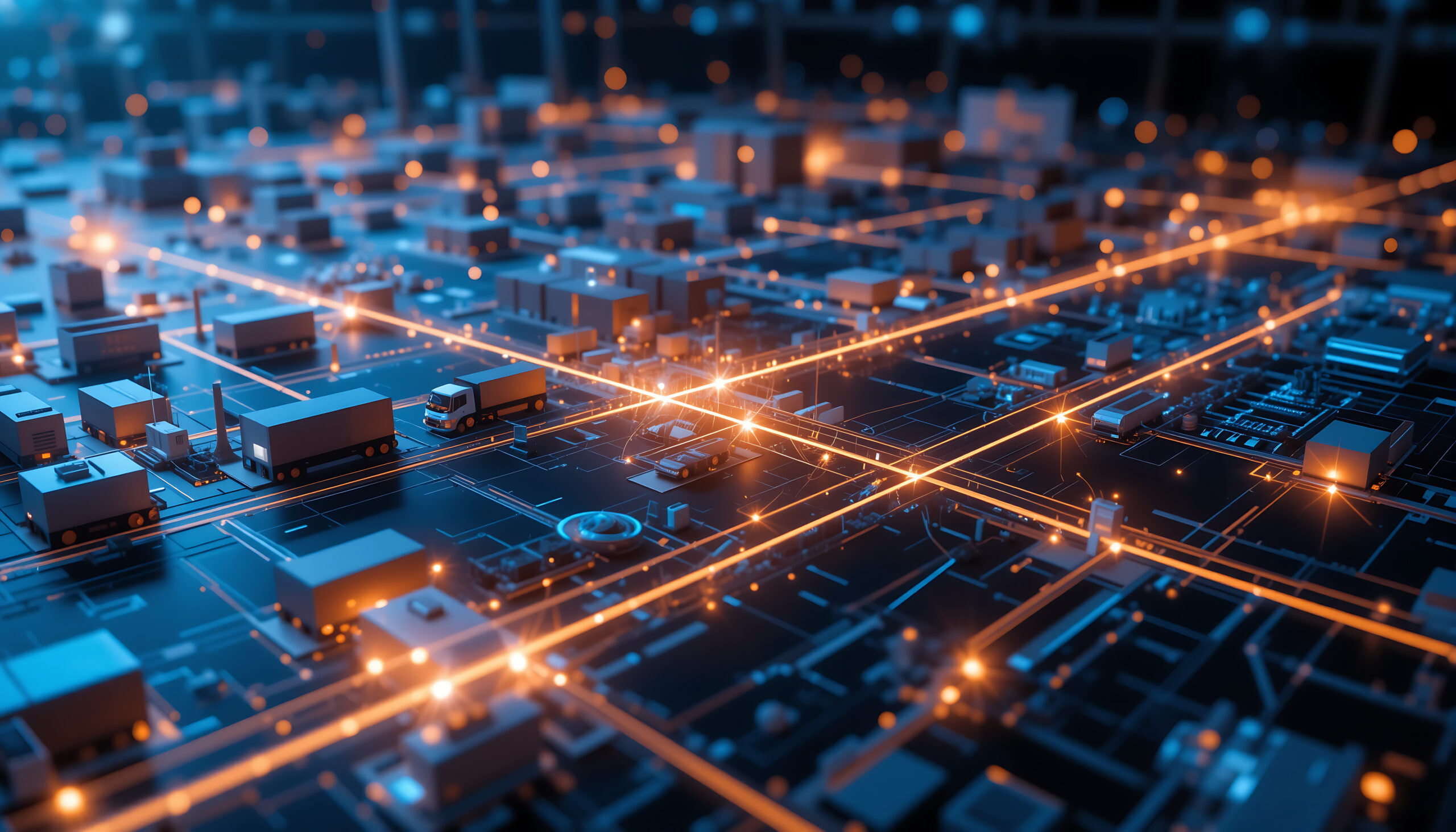Pharma
Microgravity, your future health will be cultivated in space

Low Earth orbit (LEO) offers unique microgravity opportunities for research and technology advancement, as well as for developing new drugs through future space projects.
Earth’s gravity is the main barrier to human space exploration and space colonization because the energy required to get a person off the planet is formidable. However, future and current space projects include leveraging microgravity between Earth and space.
With the help of Yossi Yamin, co-founder and CEO of Space Pharma, we analyze the significance of near-space conditions and their potential to improve the quality of life on planet Earth in the near future. So, gravity (or lack thereof) can be used for medical, pharmaceutical or biotechnological innovation, among many others. Will we have heavy industry in space?
What is microgravity
Yossi Yamin explains microgravity in simple terms as the “condition in which people or objects appear to be weightless”. Formally, yes, there is some gravity, but the effective gravitational field is weak enough for bodies to experience a phenomenon called ‘free fall’. The few astronauts who have experienced this describe a sensation of ‘falling in all directions’ at once.
The fascinating thing about this phenomenon is the behavior of matter in the absence of strong gravity. For example, the International Space Station is located in an orbit in which there are about 8.7 m/s2 (on Earth, 9.8 m/s2), but orbits at such a speed that the centrifugal acceleration almost completely cancels out the Earth’s gravity. In it, liquids ‘fall’ or ‘spill’ in all directions, forming spheres:

Scott Kelly, astronaut, with a sphere of green liquid. Chris Hadfield, another astronaut, suffered a tense episode when, on an exit from the ISS, one of his eyes began to water. Instead of falling, the tears formed a film that prevented him from seeing.
How to eliminate terrestrial gravity
In the science fiction film Interstellar (2014), humankind discovered how to manipulate gravity, although it is currently unclear whether this could become a remote possibility. To date, four ways of achieving microgravity are available, all of which are energy intensive:
- Free fall towers. It consists of a high tower inside which it is possible to drop an object, which experiences microgravity conditions. In Bremen (Germany) there is a 122 meter high tower at the Center for Applied Astronautics and Microgravity that allows up to 9 seconds of microgravity thanks to the use of a catapult.
- Parabolic flights. Extraordinarily complex and not exactly cheap, these flights consist of a large airplane that accelerates at an angle close to 45º and then ‘drops’ in a controlled manner. Inside, conditions are close to 0g. They have achieved microgravity for close to 24 seconds.
- Sounding rockets. Even more expensive because of the fuel consumption and technology involved, sounding rockets are unmanned spacecraft that allow about 10 minutes of microgravity according to NASA, dropping a mini-laboratory from an impressive altitude.
- Space stations in orbit. Whether it was the old MIR, the current ISS or the new Tiangong (天宫空间站), low Earth orbit is difficult to reach, but allows for virtually infinite microgravity conditions with no time limits.

How does the microgravity of low Earth orbit help us?
As Yossi Yamin says, “gravity affects everything on Earth, from how our genes are turned on and off in the body to how silicon oxide is formed into a semiconductor for the nanochip industry”. The absence of gravity affects matter differently, so it is possible to “develop new materials and pharmaceuticals” because substances work in a different way. There are hundreds of cases, but some curiosities of microgravity are that:
- A pot does not bubble. The phenomenon of convection by which hot, less dense liquid and gaseous substances tend to ‘rise’ does not occur.
- Internal bleeding does not stop without a lot of help. On Earth, the body’s own weight facilitates internal drainage and coagulation.
- The brain is slightly deformed due to increased intracranial pressure.
- The flow of particles that make up the burning head of a match is spherical in space.
Microgravity to understand the human body
Some of the above points have been very helpful to understand some of the brain’s regulatory mechanisms here on Earth. After spending 172 days in space, 12 Russian cosmonauts underwent a brain scan called diffusion magnetic resonance imaging (dMRI).
By comparing this image with one taken before leaving the planet, fascinating conclusions have been reached in this study, such as that the brain structure changes, something that confirms the findings by another team of researchers a couple of years earlier. This information will be key to understand the brain and its associated diseases or ailments.
Pharmaceutical laboratories in space

Because matter behaves differently, space is an excellent pharmaceutical laboratory capable of facilitating chemical processes that do not occur on the surface of the planet.
As Yossi Yamin points out, “the lack of gravity can help develop new materials and pharmaceuticals,” for example, by helping to grow pure crystals of proteins that could be used for artificial intelligence-based drug design.”
This may sound very technical, but “due to slow diffusion in space, a pharmacological compound could change its structure and generate new polymorphs”, i.e., new structures with an identical composition but a different shape. And, therefore, different and new pharmaceutical properties, which will have to be tested.
Space antibodies
It has been known for decades that the immune system functions differently without gravity. Formally, it significantly reduces its efficacy. Something happens in a microgravity environment that makes this system work differently, and this is precisely what helps us to understand the mechanism of antibodies and use this knowledge on Earth.
Studying the human defense system in an extreme environment is key to anticipate future threats down here, especially with the emergence of superbugs. But microgravity has also proven useful for making “highly concentrated antibody formulations,” says Yossi Yamin. On Earth, they cannot be synthesized.
In 2018, the U.S. Food and Drug Administration (FDA) and NASA signed an agreement to explore the possibility of producing new therapies in space.
Factories in zero gravity?
At present, we do not yet have the resources to manufacture in space and then send resources to the planet, although it is a possibility in the next few decades. In microgravity it is not only possible to produce better antibody systems, but also new materials. Including medical and sanitary equipment.
Manufacturing in space has been a dream since the 1960s, although it is only now that we are really close to achieving it. In his book How to Spend a Trillion Dollars, Rowan Hooper points out the importance of sending heavy industry into space in order to preserve Earth’s resources. Finding new manufacturing methods in microgravity will be an important pillar.
The space barrier and opportunity

If microgravity is part of the solution to many of humanity’s challenges, gravity is undoubtedly one of the most pronounced barriers. Extracting matter from the planet is extremely complicated. Only a few dozen people have managed to get out of the planet’s gravitational pull, and they have done so at immense resource cost—but it is diminishing.
Technology such as CubeSats, “a customizable modular system designed to allow researchers to conduct end-to-end autonomous experiments in orbit,” says Yossi Yamin, have made space research much cheaper, as has reusable rocket technology. And the SpinLaunch mechanism, a kinetic launch system that is a sort of ‘centrifugal slingshot’ could make it even cheaper.
“We are on the doorstep of a large number of commercial space stations, mini-space shuttles and superior technologies that can reach orbit,” says our expert, who puts the focus on the opportunities it will give us to overcome the gravitational barrier and use this force to our advantage. “SpacePharma’s mission is to simplify the complicated process of sending experiments into space and make it more accessible.”








